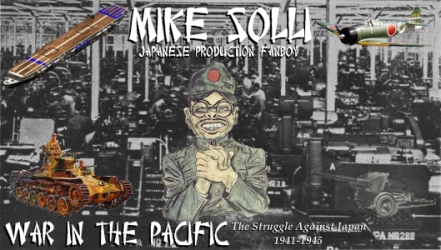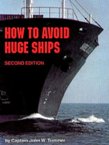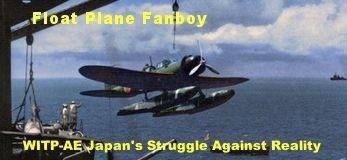Jorge_Stanbury
Posts: 4320
Joined: 2/29/2012
From: Toronto and Lima
Status: offline

|
quote:
ORIGINAL: BillBrown
From Wiki, so be careful:
The first practical controllable-pitch propeller for aircraft was introduced in 1932.[5] French firm Ratier pioneered variable-pitch propellers of various designs from 1928 onwards, relying on a special ball bearing helicoidal ramp at the root of the blades for easy operation.
By the time of the battle of england, all modern fighter planes were using variable pitch of some sort.
I know because I got into WW2 flight simulators (IL-2, DCS, etC)  
Just check wikipedia for Hurricane:
Hurricane Mk I
First production version, with fabric-covered wings, a wooden two-bladed, fixed-pitch propeller (first 435) or three blade two -pitch propeller, powered by the 1,030 hp (770 kW) Rolls-Royce Merlin Mk II (first 364) or III engines and armed with eight .303 in (7.7 mm) Browning machine guns. Produced between 1937 and 1939.
Hurricane Mk I (revised)
A revised Hurricane Mk I series built with a de Havilland or Rotol constant speed metal propeller (from mid 1940), metal-covered wings, armour and other improvements. A total of 4,200 mark I were built, 1,924 by Hawker, 1,850 by Gloster Aircraft Company and 426 by Canadian Car and Foundry between December 1937 and July 1941. The Canadian Car and Foundry Hurricanes were shipped to England to be fitted with engines.
It started with fixed pitch, then moved to 2-pitch options (either fine or coarse) then moving to constant pitch, where the pilot controls it through RPM
this is an explanation from IL2- Cliffs of Dover sim game:

 Attachment (1) Attachment (1)
< Message edited by Jorge_Stanbury -- 9/6/2018 5:08:59 PM >
|
 Printable Version
Printable Version






















 New Messages
New Messages No New Messages
No New Messages Hot Topic w/ New Messages
Hot Topic w/ New Messages Hot Topic w/o New Messages
Hot Topic w/o New Messages Locked w/ New Messages
Locked w/ New Messages Locked w/o New Messages
Locked w/o New Messages Post New Thread
Post New Thread